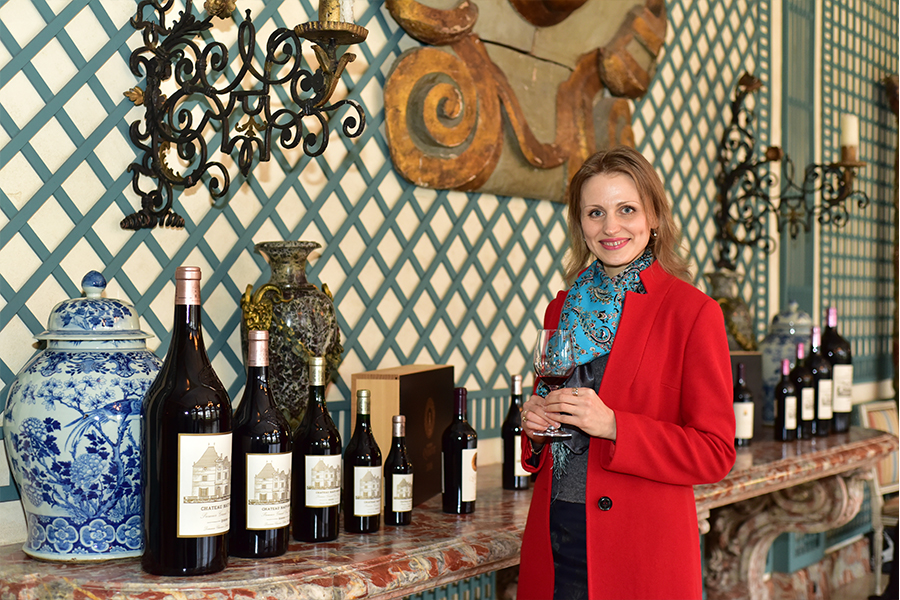
VIP tours to Bordeaux: exclusive châteaux and tastings
13 September 2020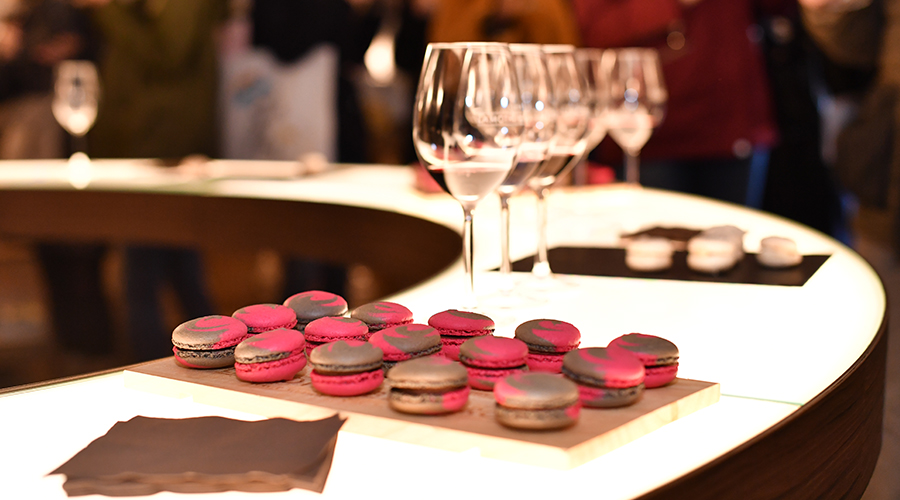
The real history of the French pastries. Part two.
19 November 2021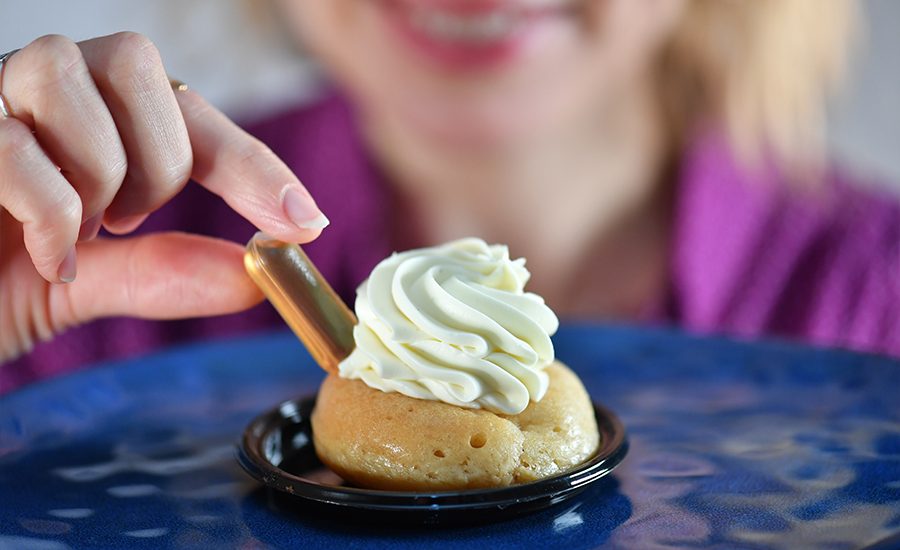
The real history of the French pastries. Part one.
French pastry does not need presentation. It’s simple – France has the best cuisine in the world and the best pastries in the world. Just think about your favorite desserts, cakes, pastries. We’re sure that almost all the sweets you think of right now have French roots. These recipes live and improve, sometimes they even adapt to another cuisine, but they are never forgotten. Which French pastries are the most adored? How did the baguette and the croissant appear in France? Who invented the Rum Baba? Is Tarte Tatin really a happy mistake? Let us to present you the true history of French pastry. Here is the first part …
THE CROISSANT
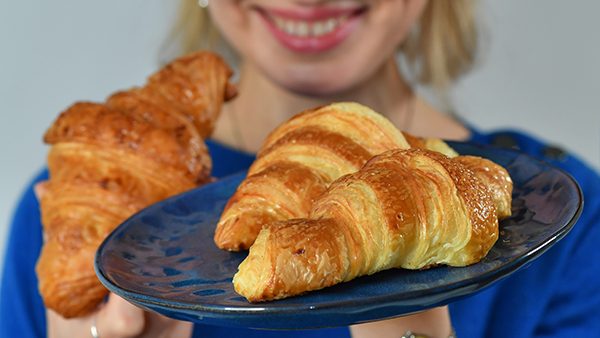
The king of French breakfast par excellence, the croissant actually was not born in France! This delicious pastry in a shape of crescent appeared in 17th in Austria. In 1683, early in the morning Vienna was attacked by the Ottomans. A baker, Adam Spiel, already at work in his bakery, alerted the army which was able to defend the city and push back the Turks. The local bakers created then a “Hörnchen” (little horn) – the first croissant to celebrate the victory over the Turks. However, the croissant did not arrive in France until 1837-1839, after the opening of an Austrian bakery in Paris. But this was unfortunately not yet the real French butter croissant we know today. This one was born only in 1920! And since then it is a real French croissant known all over the world and made from a buttery puff pastry.
THE CHOCOLATINE (THE PAIN AU CHOCOLAT)
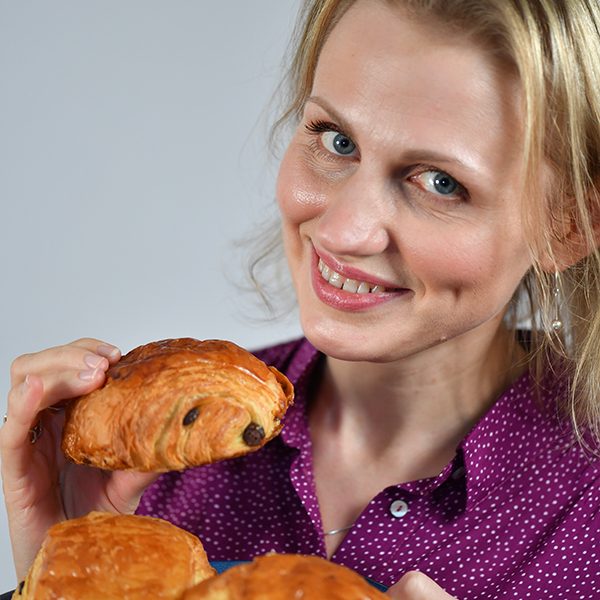
Chocolatine for the Bordelais (or pain au chocolat for other “Parisians”) is a real topic of debate for gourmets all over France. So, what is it, and what’s its correct name? It is a viennoiserie made from puff pastry with dark chocolate chips inside. Yet historically and technically it is indeed “chocolatine” the real name of this delight! First of all because originally, after the arrival of viennoiseries in France, it was called “schokoladencroissant”, a name reduced over time by the French to “schokoladen”> “chocolatine”. Moreover, the name “pain au chocolat” designated a simple piece of baguette in which they stuffed a piece of chocolate for a children’s snack.
THE BAGUETTE

The French baguette is not to be presented. It is a huge success not only in France, but around the world. There are three hypotheses of its creation. The first is that the baguette was created by bakers following a dazzling success of Austrian bakers in Paris. The rising and baking time for a baguette was less than that of conventional breads. The second hypothesis says that the baguette was created under Napoleon III for 400 gm 40 cm per person and so that the soldiers can carry it in their pants. The third is that the appearance of the baguette is linked to the construction of the Paris metro in 1900. Workers all over France worked in a cramped space and often came to blows. They always had knives to cut bread for their lunch. So the foreman asked to invent bread that didn’t need to be cut. The baguette was born, you could break it with your hands, and therefore prohibit knives on the site. By the way, to check the quality of the baguette you have to crush it in your hand. If it regains its shape, it is a guarantee of quality.
THE ECLAIR
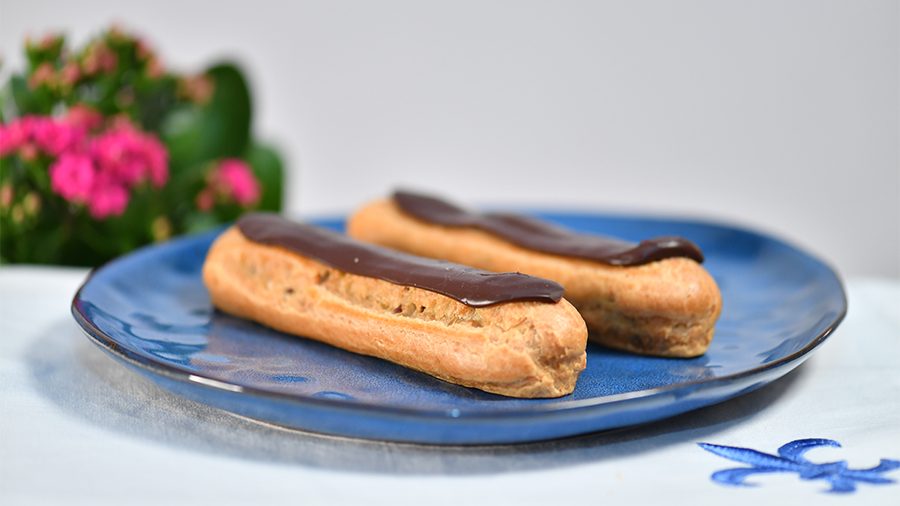
In french “eclair” means “lightning”. A strange name for a cake, isn’t it? But there are two serious explanations for this, which have nothing to do with weather conditions. The first takes us back to the old delicacy of the 19th century which was called “little duchess” or “bread à la duchess” which would be the ancestor of the lightning bolt. It was made with choux pastry and coated with a thin layer of almonds. This little delight was so successful that it was eaten “in a flash”. The second explanation is due to the “pastry chef of kings” Antonin Carême. Inspired by the “duchess” he renovated the recipe a bit, filling the choux pastry with chocolate or coffee cream and adding sugar icing on top. This invention was “thunderous” and sold “in a flash”.
THE BRIOCHE
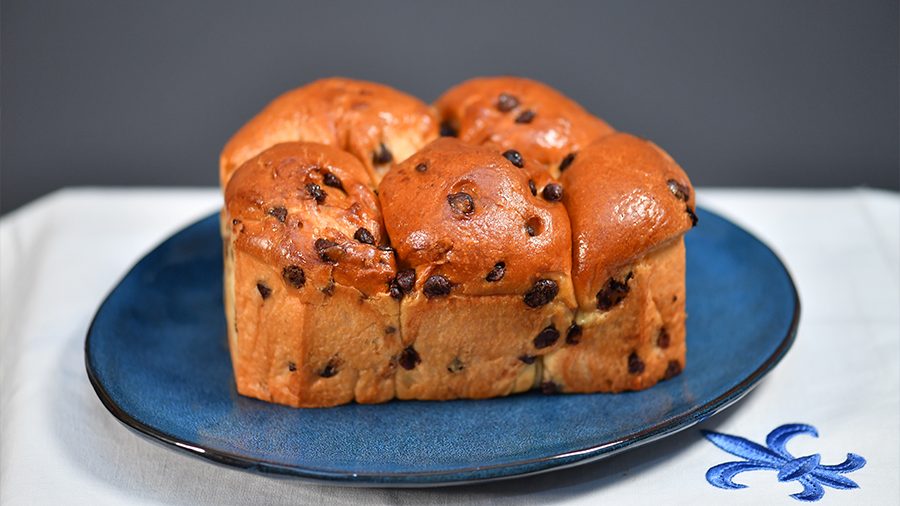
Brioche is a French pastry dating from the Middle Ages, with a yeast dough made from eggs and butter. The word Brioche comes from the Norman word “brier” (kneading the dough with a wooden roller). Each French region has its own brioche specialty (gâche, braided brioche, Parisian brioche, Vendée brioche, kouglof, etc.) The best known today is certainly the Parisian brioche, which is also called brioche à tête (head). Some say that the shape of this brioche is due to Marie-Antoinette to whom we attribute the phrase intended for the people – “if they have no bread, let them eat brioche”. If you cannot cut off her head, you can cut off a piece of brioche.
THE TARTE TATIN
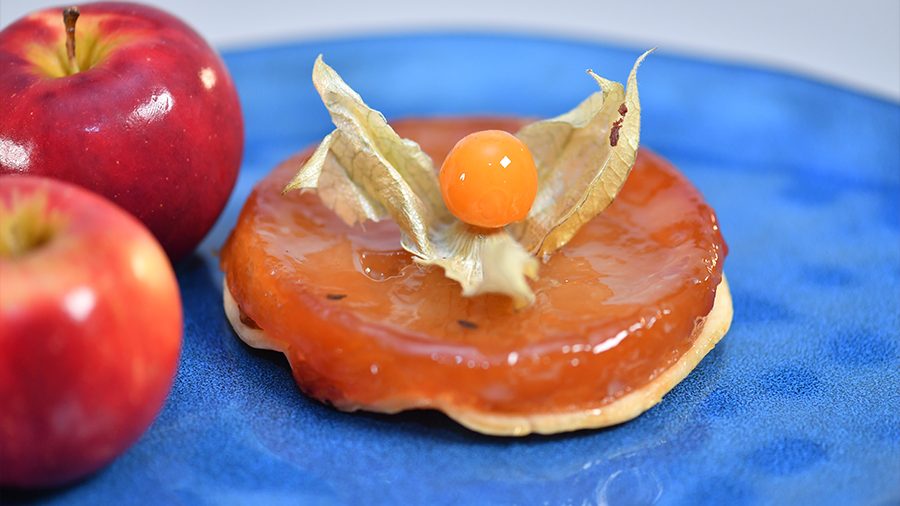
A mythical French recipe of the end of the 19th century is however one of the simplest: flour, eggs, butter, sugar, apples. In a village Lamotte-Beuvron, in Loire-et-Cher regon, two sisters tatin, Stéphanie and Caroline run a hotel-restaurant. Just to be honest, it seems that this cake was nothing more than a forgotten regional recipe. But the legend says that one day Stéphanie stuffs her mold with apples and sugar, forgetting the dough. Realizing this, she added the dough on top … At this time, the owner of the famous Parisian restaurant Maxim’s, Louis Vaudable, lunched in the restaurant of the sisters Tatin and discovered this delight. The sisters refusing to give the secret of the recipe, he then sends them his pastry chef who passes himself off as a gardener looking for work and discovers the recipe … Fortunately, the chef of Maxim’s pays homage to the sisters, by now calling the dessert on his menu “Tarte des demoiselles Tatin”.
THE MILLEFEUILLE
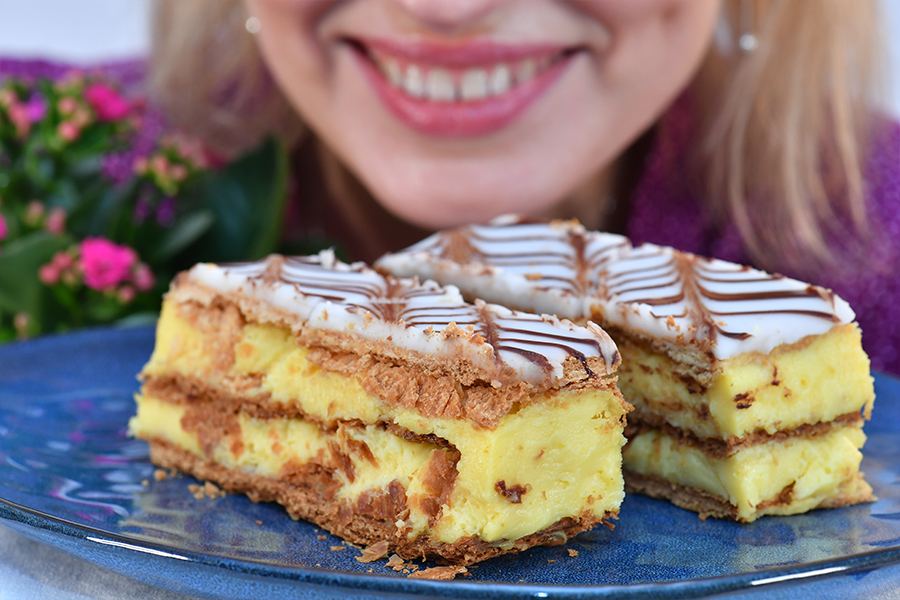
The millefeuille recipe was invented in the 17th century by François Pierre de la Varenne. In the 19th century, this cake was offered by the Seugnot pastry shop in Paris, which made its reputation. Its name comes from the superposition of three layers of puff pastry. Its three layers of puff pastry are topped with pastry cream and the top is adorned with icing sugar. The millefeuille is still the symbol of French pastry throughout the world.
THE OPERA
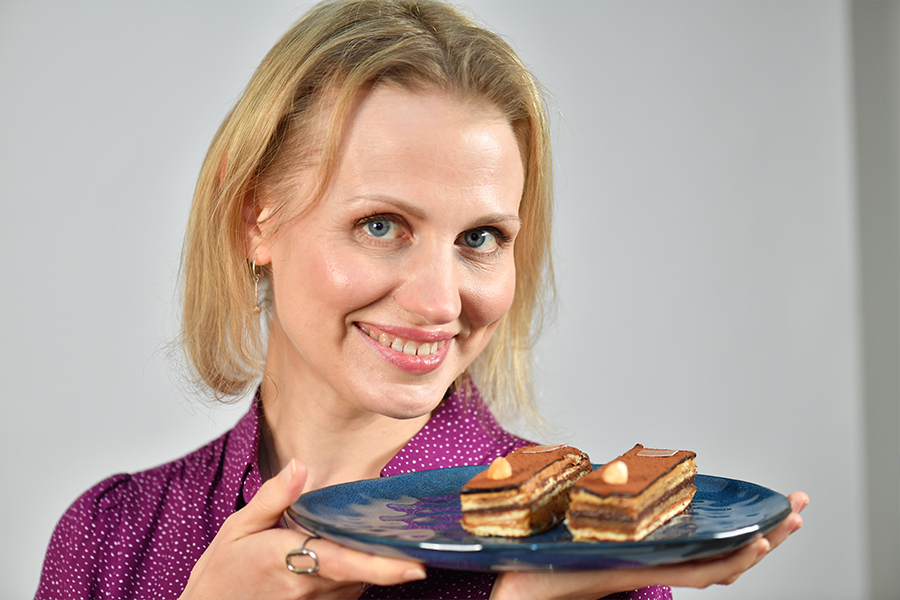
The Opera cake is a magnificent marriage of chocolate and coffee savors. Between two “Joconde” biscuits punched in coffee syrup, two layers of coffee buttercream, a chocolate ganache, and a gold leaf on top. It was created by pastry chef Cyriaque Gavillon in 1955. Cyriaque was working for the house Dalloyau at the time. He wanted to create a cake with visible layers and the flavors of which you could easily feel in just one bite. The cake is called Opera because it could evoke a scene from the Opera and also to pay tribute to the dancers who often came to the shop.
THE PARIS-BREST
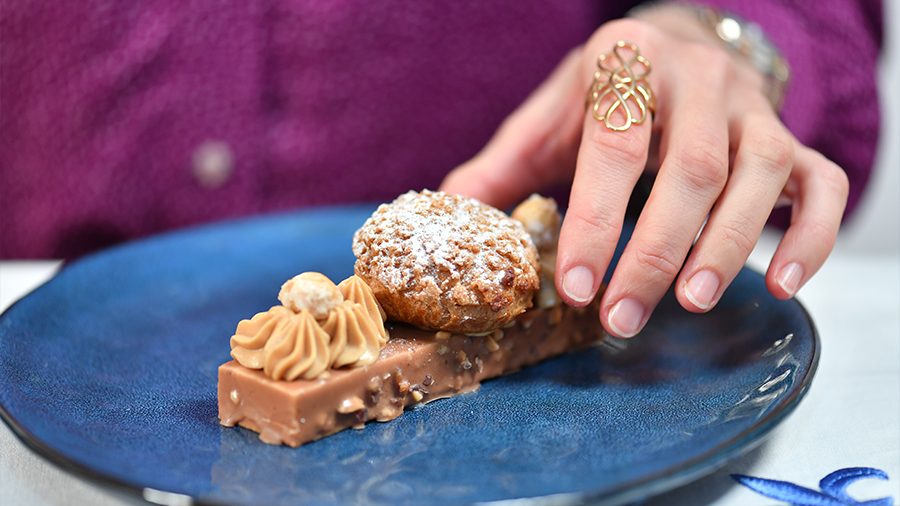
Paris-Brest owes its name to a bicycle race! In 1891, the editor-in-chief of the Parisian daily Petit Journal, Pierre Giffard, decided to create a race of 1200 km over 7 days maximum and on a single bike, Paris – Brest – Paris. The race becomes popular and a few years later, in 1910, a pastry chef from Maisons-Laffitte, a village not far from the race route, invents Paris-Brest. The cake is shaped like a bicycle wheel, made from choux pastry, filled with praline pastry cream and decorated with flaked almonds on top.
Alessia Sirel
